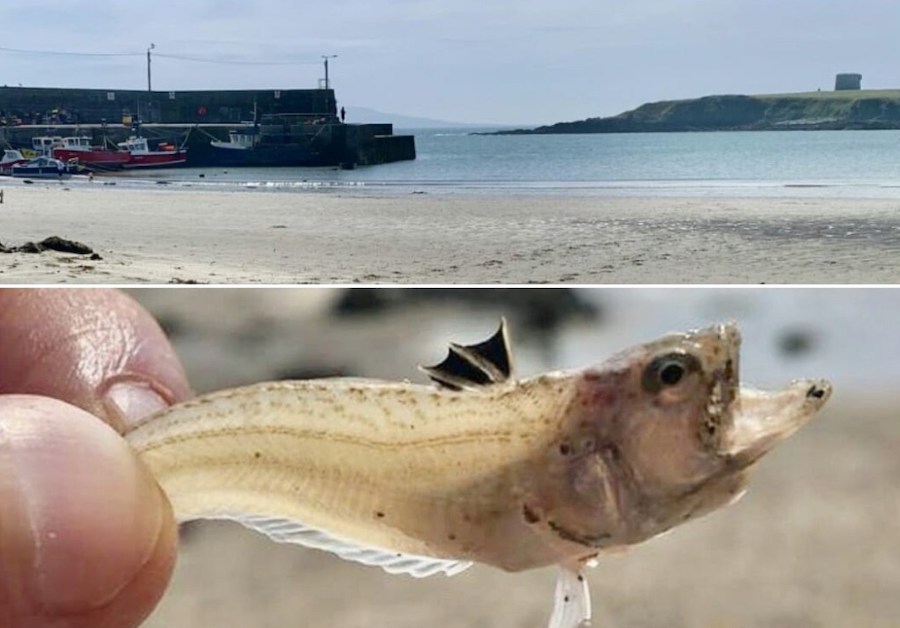The National Poisons Information Centre of Ireland (NPIC) is warning the public about the dangers posed by weever fish along the Irish coast.
Numerous reports of weever fish stings have already been received, including several incidents in Donegal.
With improved weather conditions anticipated, more people are expected to visit coastal areas.
Weever fish are present throughout the Irish coastline, typically found in sandy areas and warm, shallow waters around the time of low tide.
Unlike most fish, weever fish lack a swim bladder, causing them to sink to the seabed when they stop swimming.
This makes them difficult to spot, as they spend most of their time buried in the sand. They possess venomous spines on their dorsal fin.
Stepping on a weever fish results in immediate, intense, burning pain. The most severe pain occurs within the first two hours and can be accompanied by swelling, numbness, and warmth.
The NPIC has released guidelines for individuals who have been stung by these fish.
Recommended actions:
* Seek assistance from a lifeguard, if available.
* Immerse the affected limb or wound in hot water (as hot as can be tolerated) for up to 90 minutes, or until the pain subsides.
* Due to potential numbness from the sting, also immerse the unaffected limb to prevent accidental scalding.
* Cold applications may worsen the discomfort.
* Paracetamol can be taken for pain relief. Exercise caution when administering pain relief, as it may mask the water temperature and lead to thermal burns.
* Examine the puncture site and remove any embedded spines.
* Seek medical attention from a doctor, as a tetanus shot and/or antibiotics may be necessary.
* Call the NPIC at 01 8092166 if you are stung by a weever fish.
Warning issued as stinging weever fish turn up on Irish coastline including Donegal was last modified: July 8th, 2025 by
Tags:
</div><script type="ddb3c5d0fa4ebf0ae1a66a64-text/javascript">
(function(d, s, id) {
var js, fjs = d.getElementsByTagName(s)[0];
if (d.getElementById(id)) return;
js = d.createElement(s);
js.id = id;
js.src = "//connect.facebook.net/en_GB/sdk.js#xfbml=1&version=v2.8&appId=287467251609482";
fjs.parentNode.insertBefore(js, fjs);
}(document, 'script', 'facebook-jssdk'));
</script>

